GT Grade Carbon Gravel Bike updated with 30mm of Triple Triangle Gravel Travel
Light & simple gravel suspension is the trend of the week, with the 3rd generation of GT’s carbon Grade gravel bike getting 30mm of rear wheel travel thanks to refined vertical flex of their classic Triple Triangle frame design, now paired with either rigid carbon of shirt-travel gravel suspension forks, too. The new Grade also gets more off-road-centric geometry, bigger tire clearance for bigger adventures, new frame protections, and a shift in focus towards fun exploring rather than just setting the fastest gravel race times…
2023 GT Grade flex-suspension carbon gravel bike
The GT Grade has been pushing innovation for almost a decade as the first dedicated carbon gravel bike back in 2014. Revamped five years later with a bit more true Triple Triangle travel at the rear wheel, now the Grade is back in gen 3 with more focus riding further off-road. That 1st-gen Grade promised just over 10mm of travel at the rear wheel, the 2nd decoupled the seatstays for more (but undefined at the time) travel, and now the tweaks of this 3rd-gen Grade take it up to 30mm of ‘gravel travel’ now.
So, What’s New?
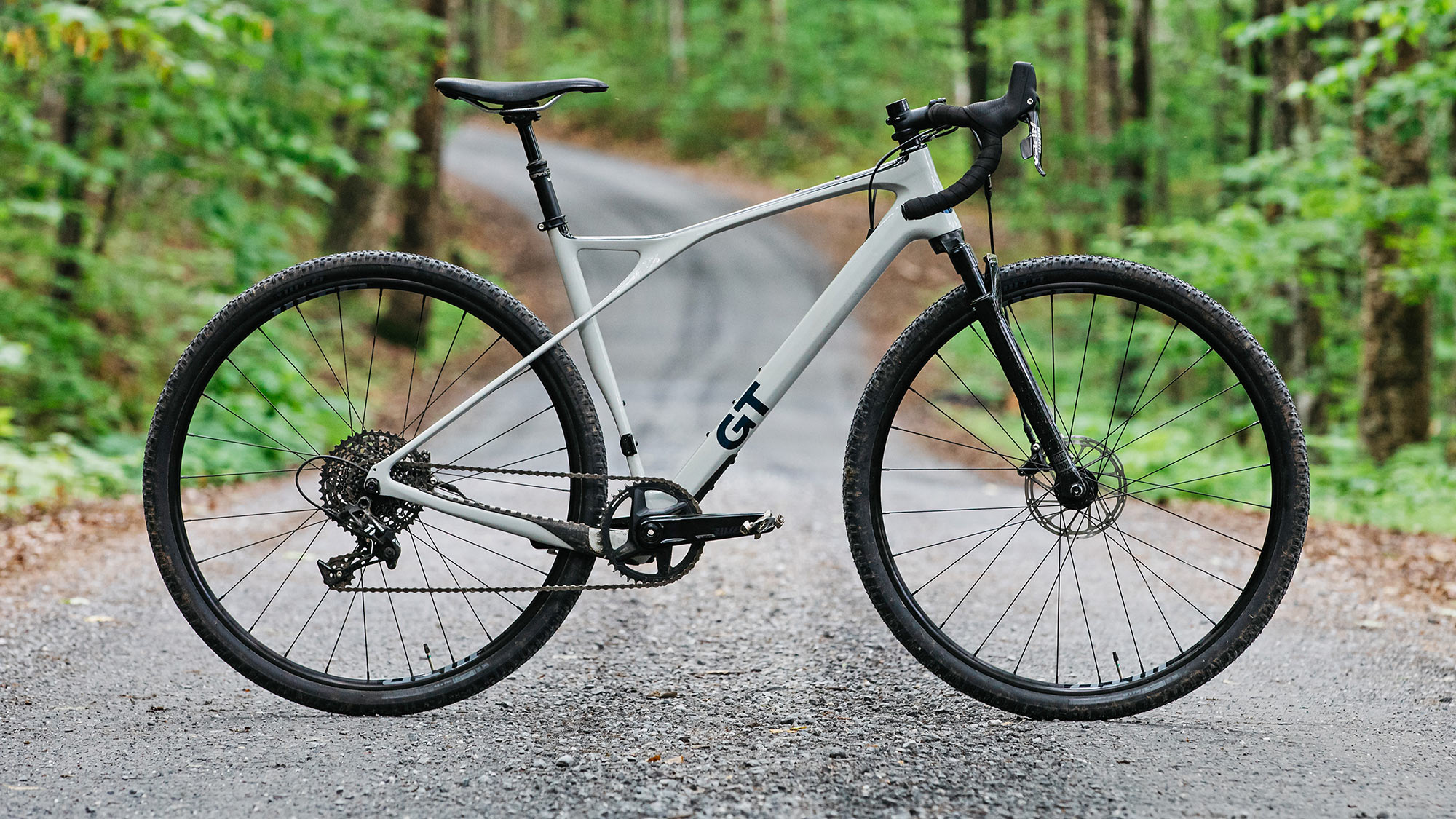
The new Grade looks a lot like the one we rode back in 2019, but GT did make a few key but subtle changes. First up, the seatstays extend a bit further forward into a refined connection with the toptube that is “more robust” to improve torsional stiffness while keeping the ‘gravel travel’ comfort.
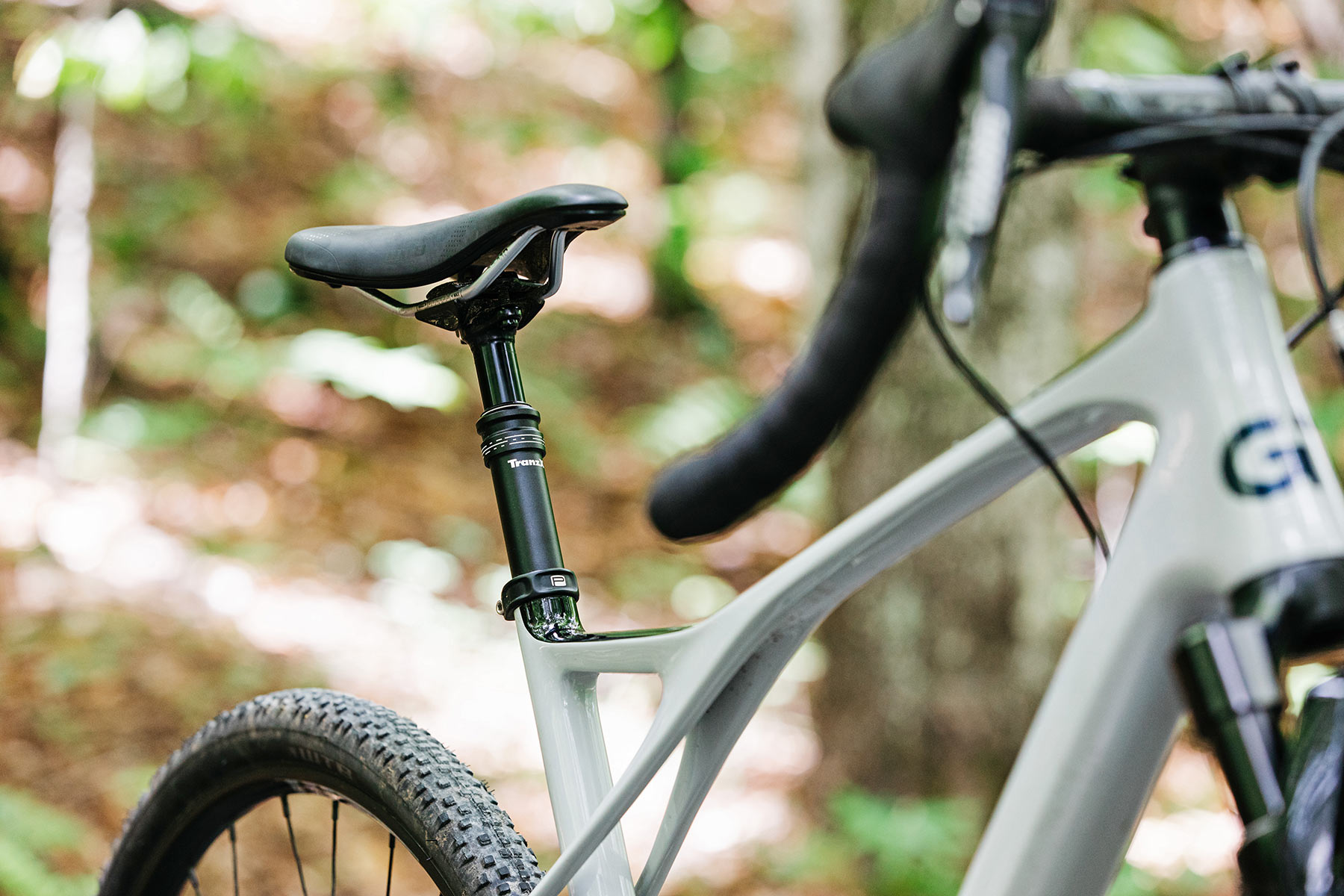
Seattube lengths have generally been shortened across the board as well, in a bid not just to lower standover, but to make space so for more riders can take advantage of dropper seatposts. Shorter seattubes conversely mean stiffer frames and less in-frame storage space, so GT kept the changes to a minimum and had to increase frame flexibility to make it all work.
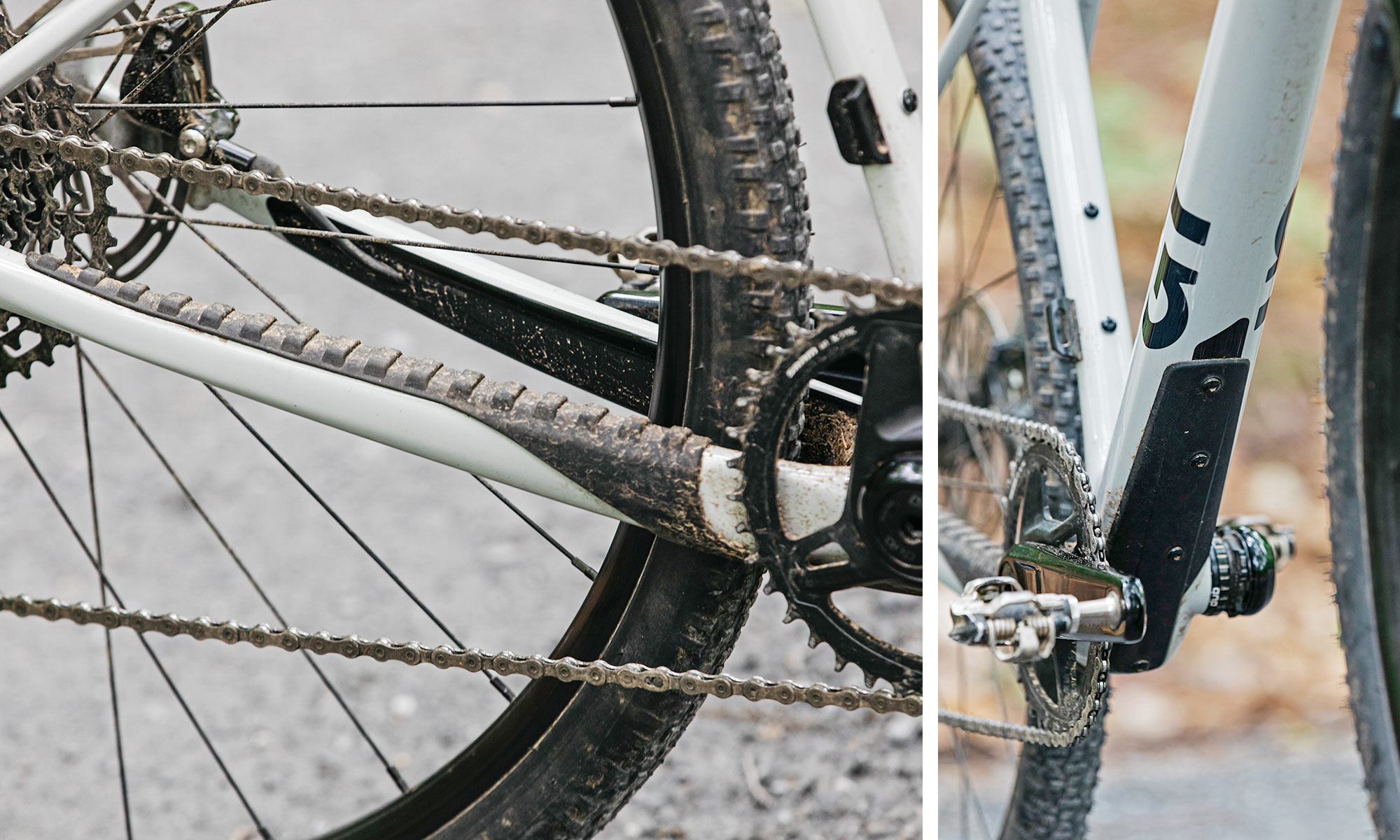
The new Grades also get a simpler & lighter carbon fork, and add integrated frame protectors under the downtube in addition to the rubber silencer wrapping around the chainstay.
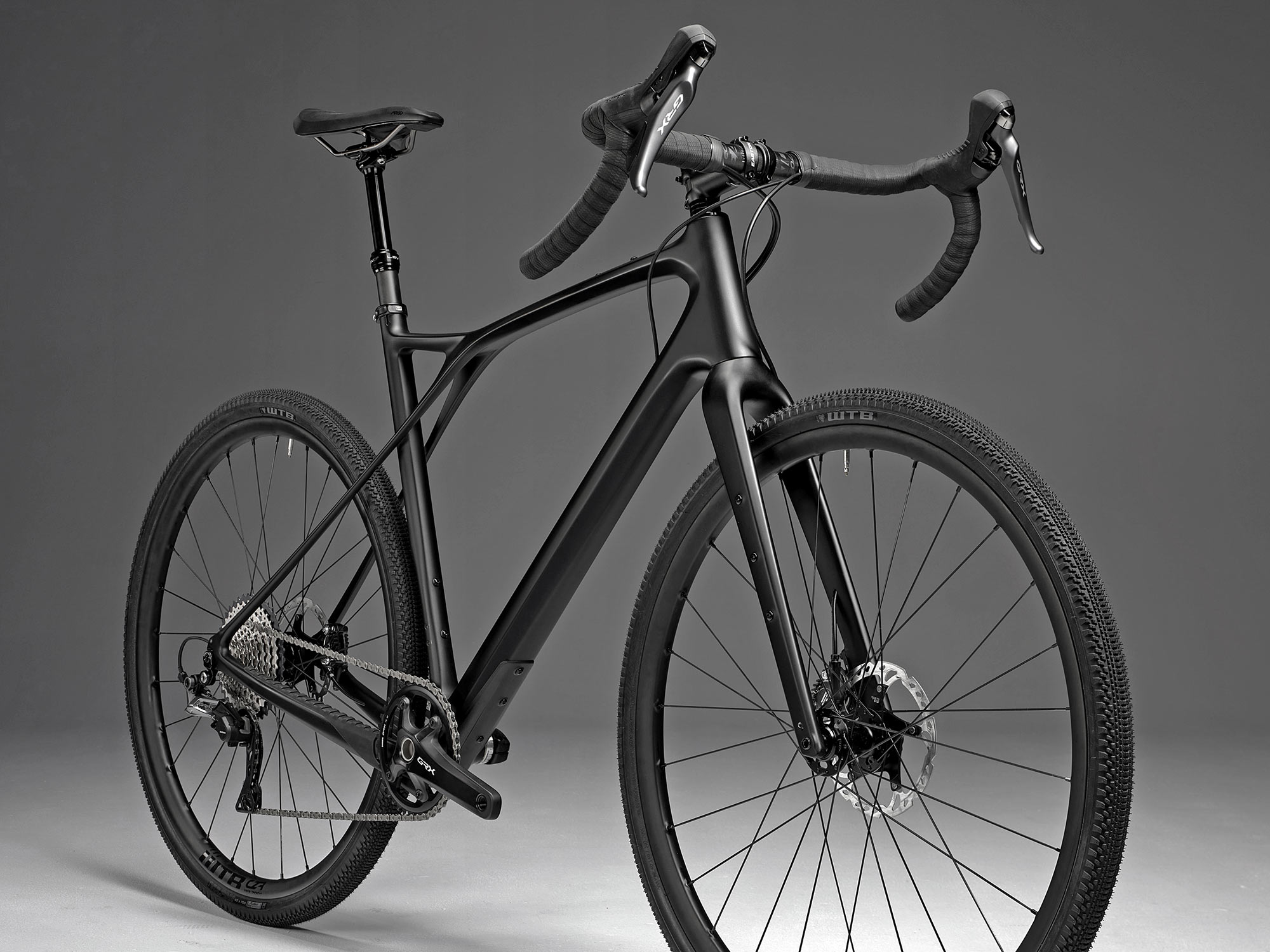
New Gravel Geometry, too!

Geometry-wise, GT has actually aimed to make the new bike more capable, opting for a slacker head angle that interestingly seems to have been inspired by the geometry tweaks they had to make before on the smallest bikes to limit toe overlap. They also significantly increased frame Reach, which likely is paired with slightly shorter stems for a modern fit on the new bike. Chainstays also actually shorten a bit, even though tire clearance grows to ~45mm, with 40 & 42mm tires spec’d. The Grade is also now suspension fork compatible.
But they also took out the adjustable fork geometry flip-chip at the axle, seeing not many riders really using it. And in fact, the new Grade shifted to even more Trail (at 72mm now) than previously possible in either setting, for more all-around stability.
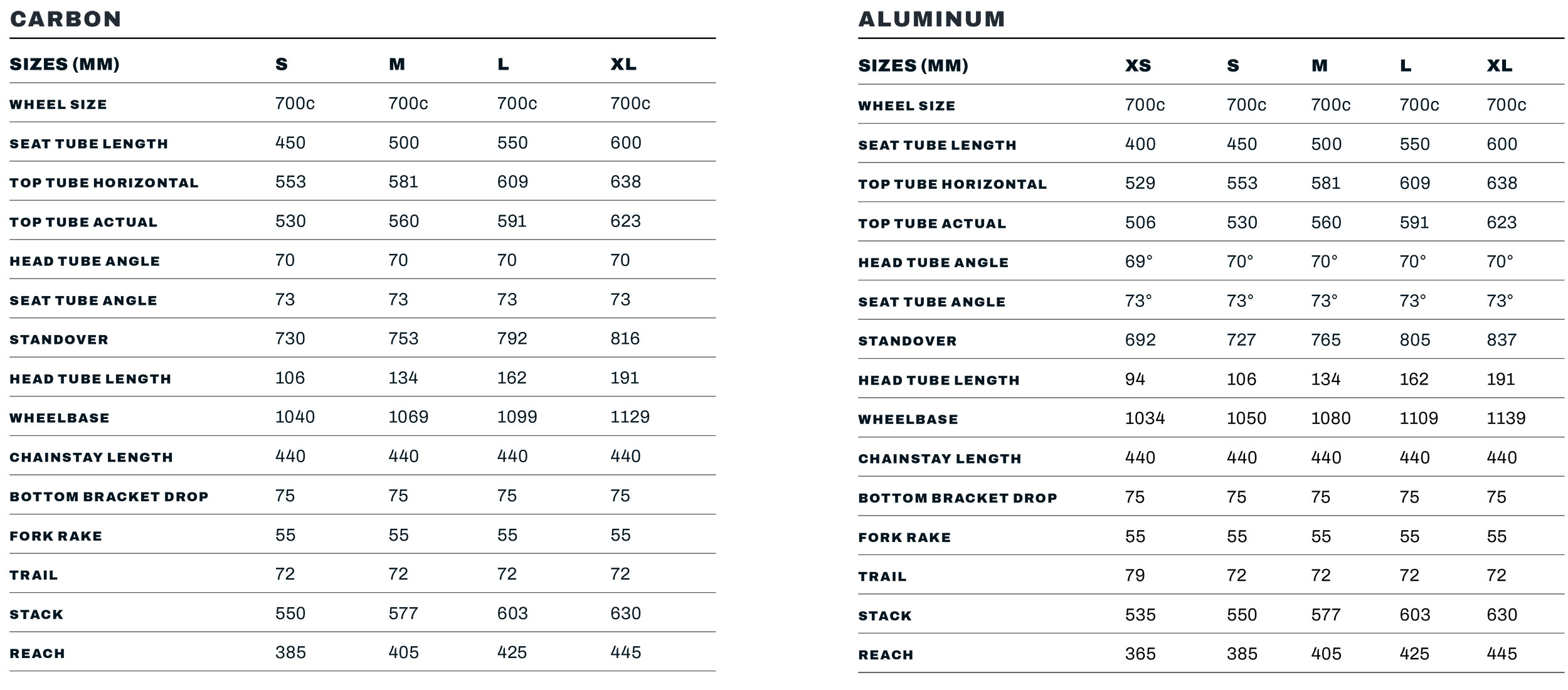
They’ve also removed one size – paring the lineup down to 4 (S-XL) – keeping both the smallest & largest sizes and more evenly spacing the two in between. Still, the alloy version adds an extra XS size for smaller riders.
Tech Details
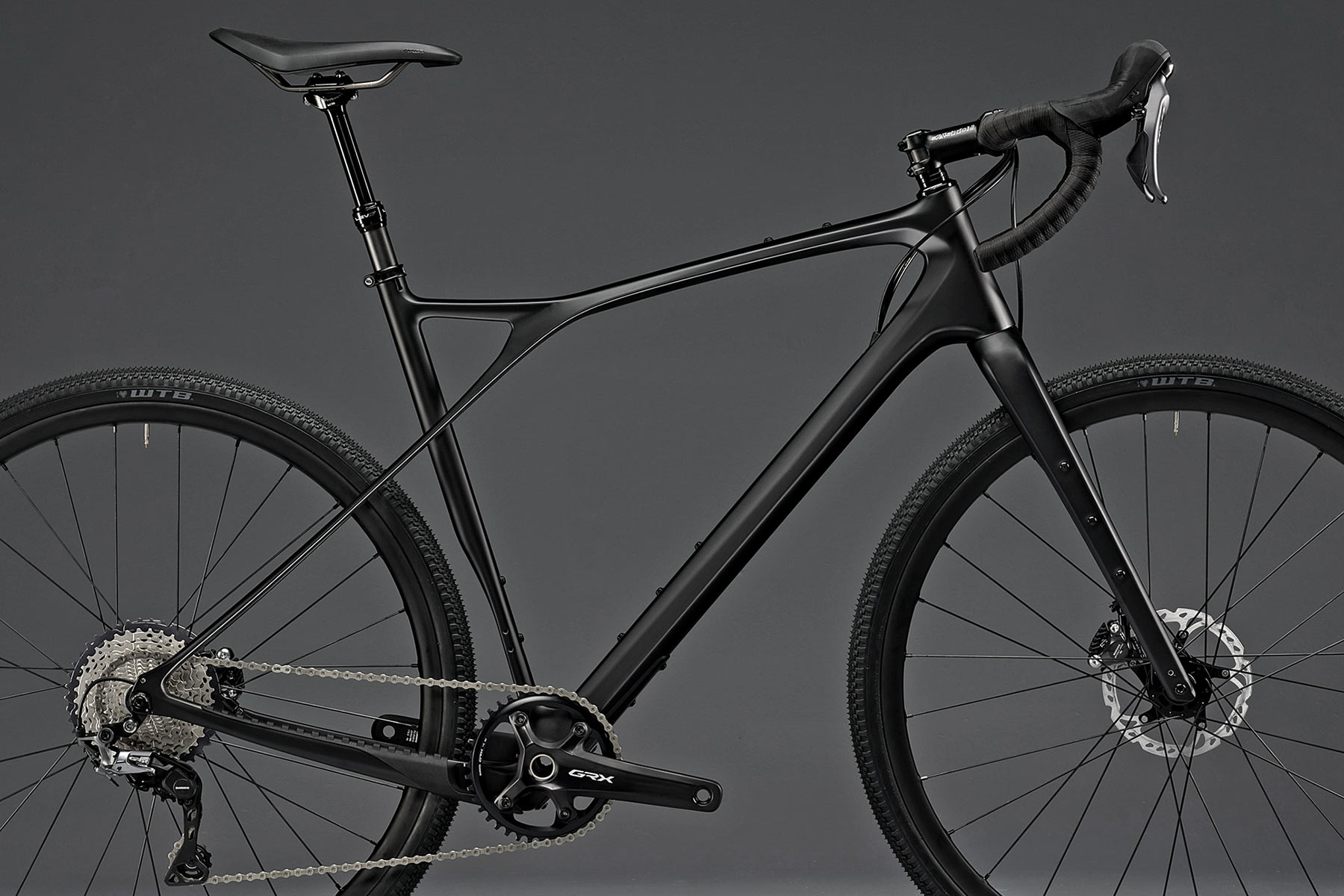
The carbon GT Grade carries over the same Dual Fiber Dynamics (DFD) concept of the original, which is actually more like 4-types of fibers. Most modern carbon bikes use a mix of different modulus fibers to achieve an ideal balance of weight, strength, durability, comfort & affordability – GT just shed more light on how they actually spread it out. “Hi Mod where it counts” means the headtube and its junctions with the top & downtubes and the BB with its junctions to the downtube & chainstays all get hi-mod stiffness for optimal handling & power transfer. Low modulus carbon in the middle of the toptube (where the seatstays connect), the center of the seattube (where the wheel cutout flex point is located), and throughout the flexing seatstays ensure extra compliance and flexibility. Mid-mod fibers go everywhere else.
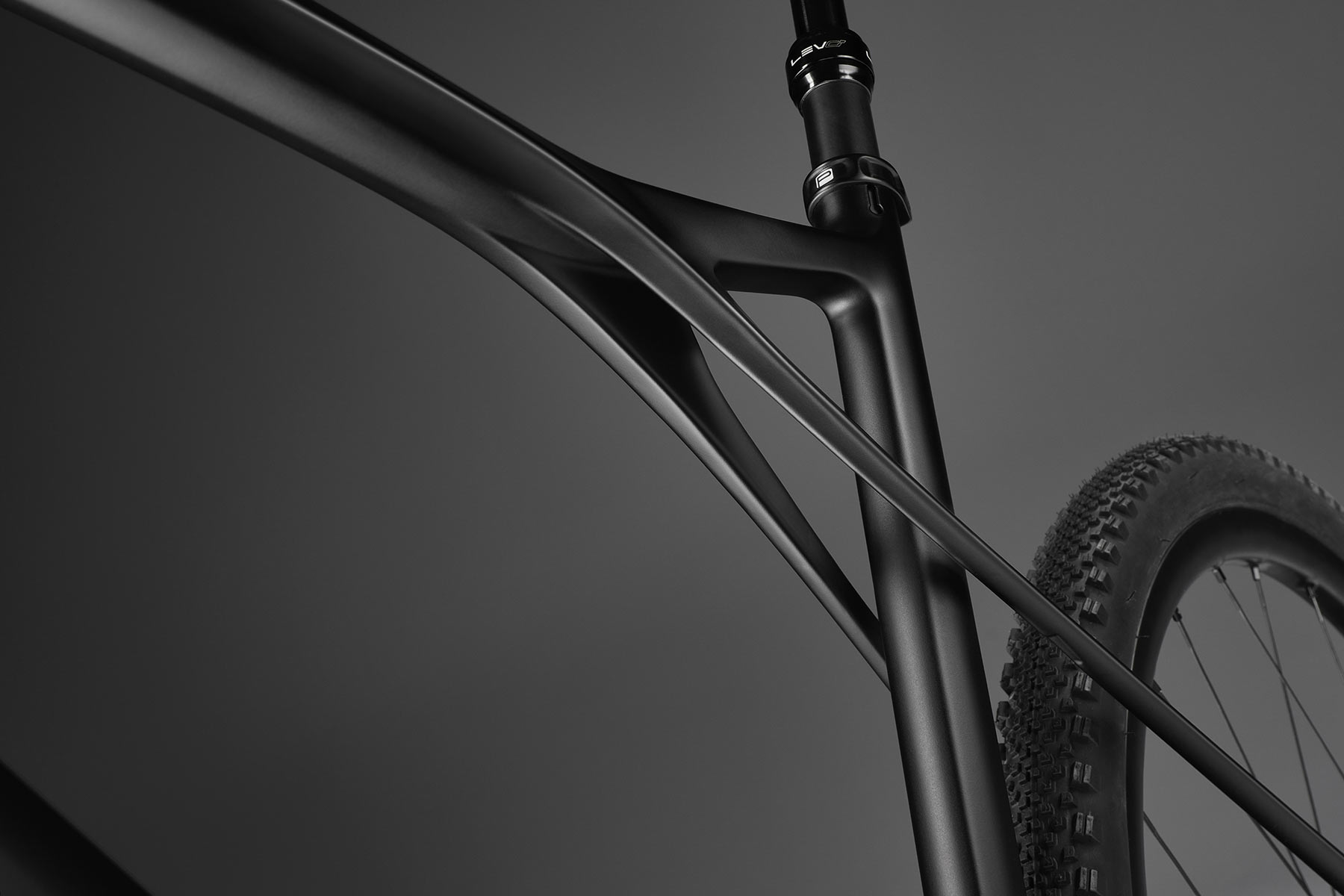
The real heart of the DFD construction though is those low-mod seatstays that are not hollow (like most carbon bikes), but are filled with flexible long-strand glass fibers that allow GT to control how the rear end can controllably and safely flex enough to give you that 30mm of rear wheel travel.
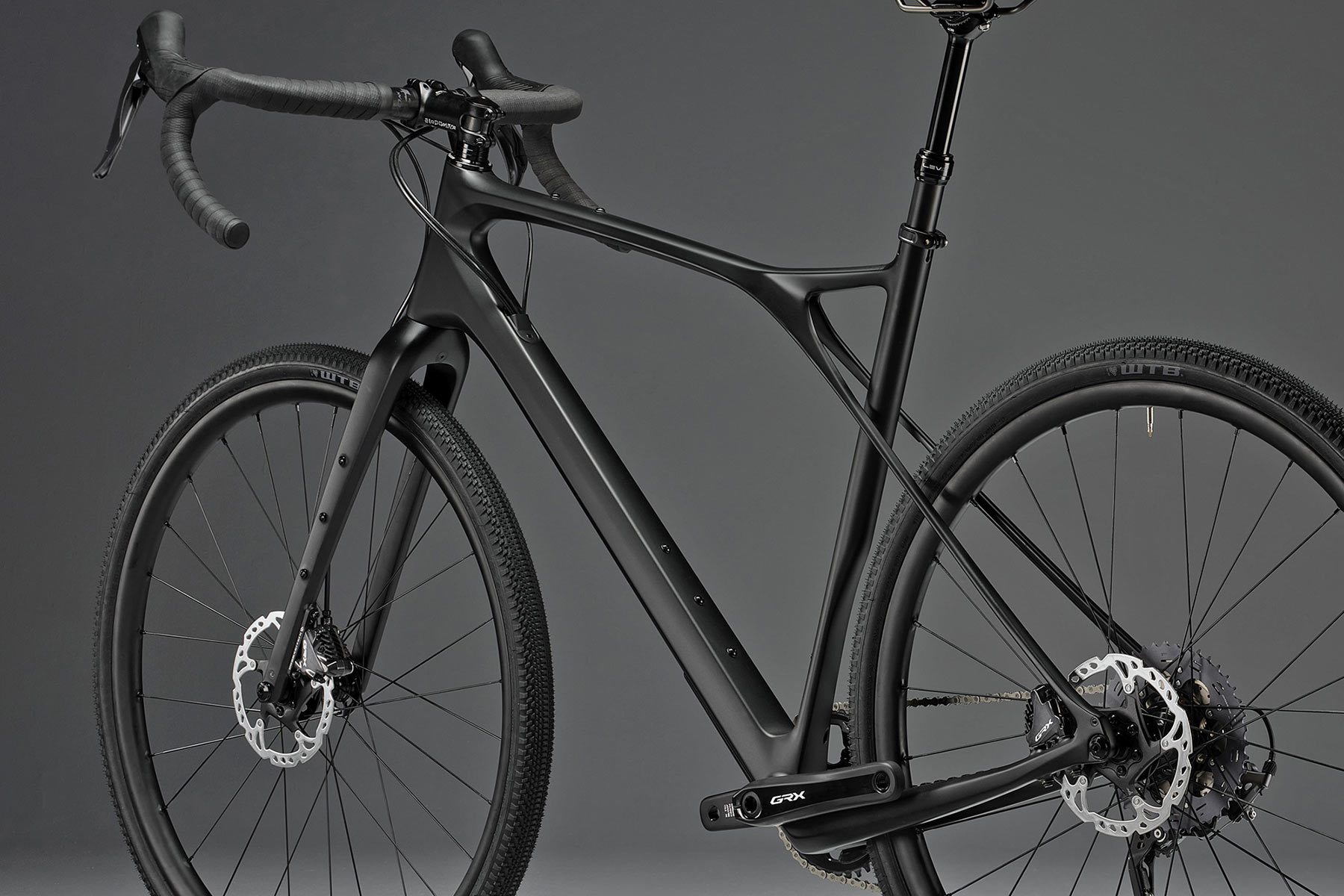
The new Grade goes back to a BSA threaded bottom bracket, sticks with a round 27.2 seatpost, front derailleur compatibility with a removable hanger, flat mount disc brakes, and 12mm thru-axles.
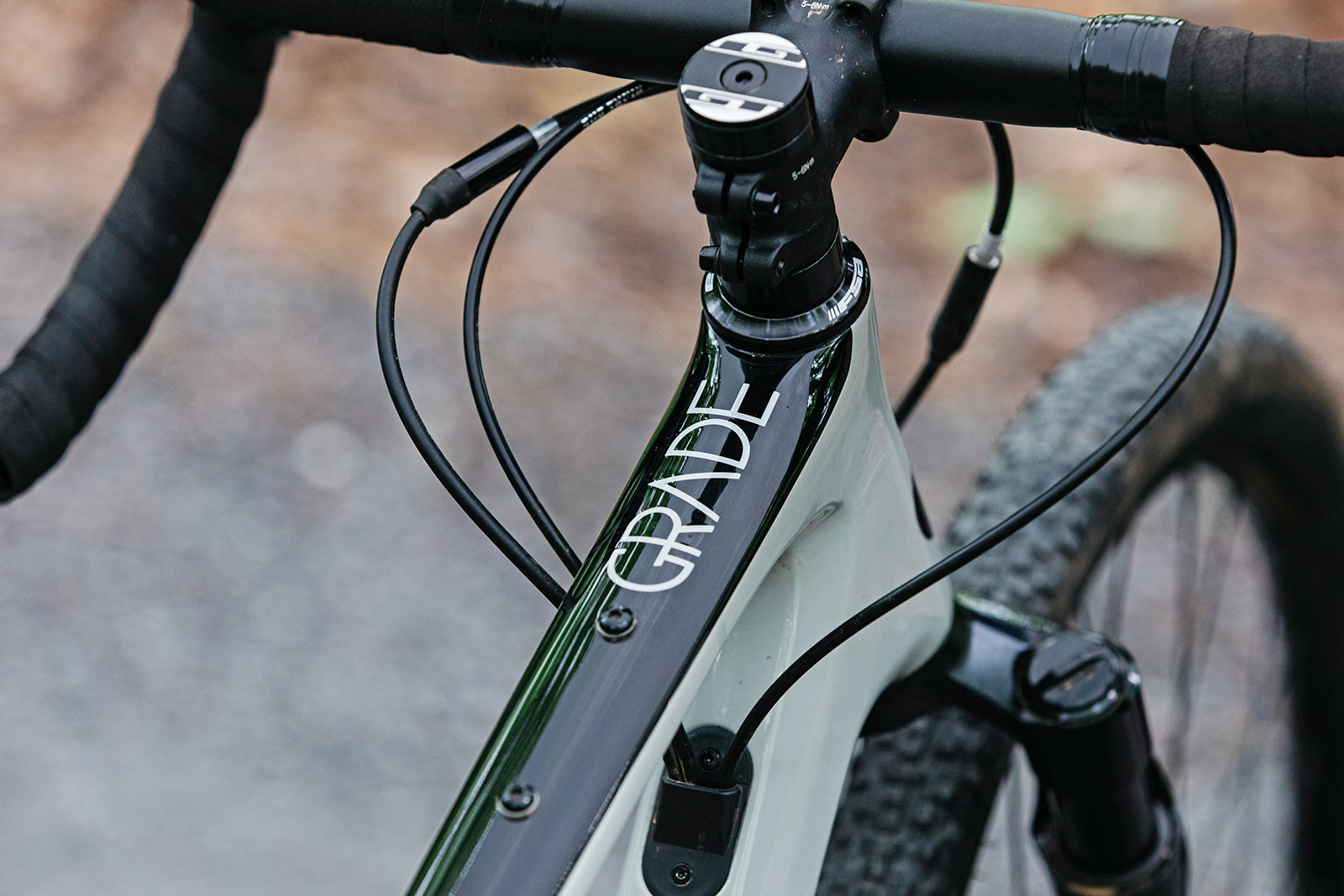
But it now also gets cleaner conventional internal (but not invisible) cable routing through a new port in the top of the downtube. It also retains anything cage & a regular bottle mount inside the main triangle, direct toptube bag mounts, an under downtube 3-pack mount, and 3-pack anything cage mounts on both fork legs, plus fender mounting with a removable seatstay connector.
New GT Grade – Pricing, options & availability
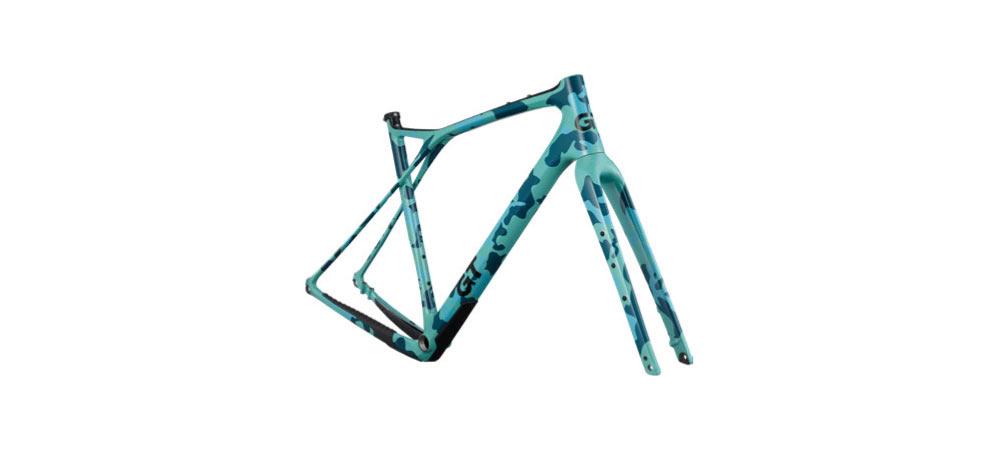
Four complete builds of the new GT Grade Carbon are offered but just two are available now, plus a carbon frameset option with a cool teal camo paintjob sometime in the near future.
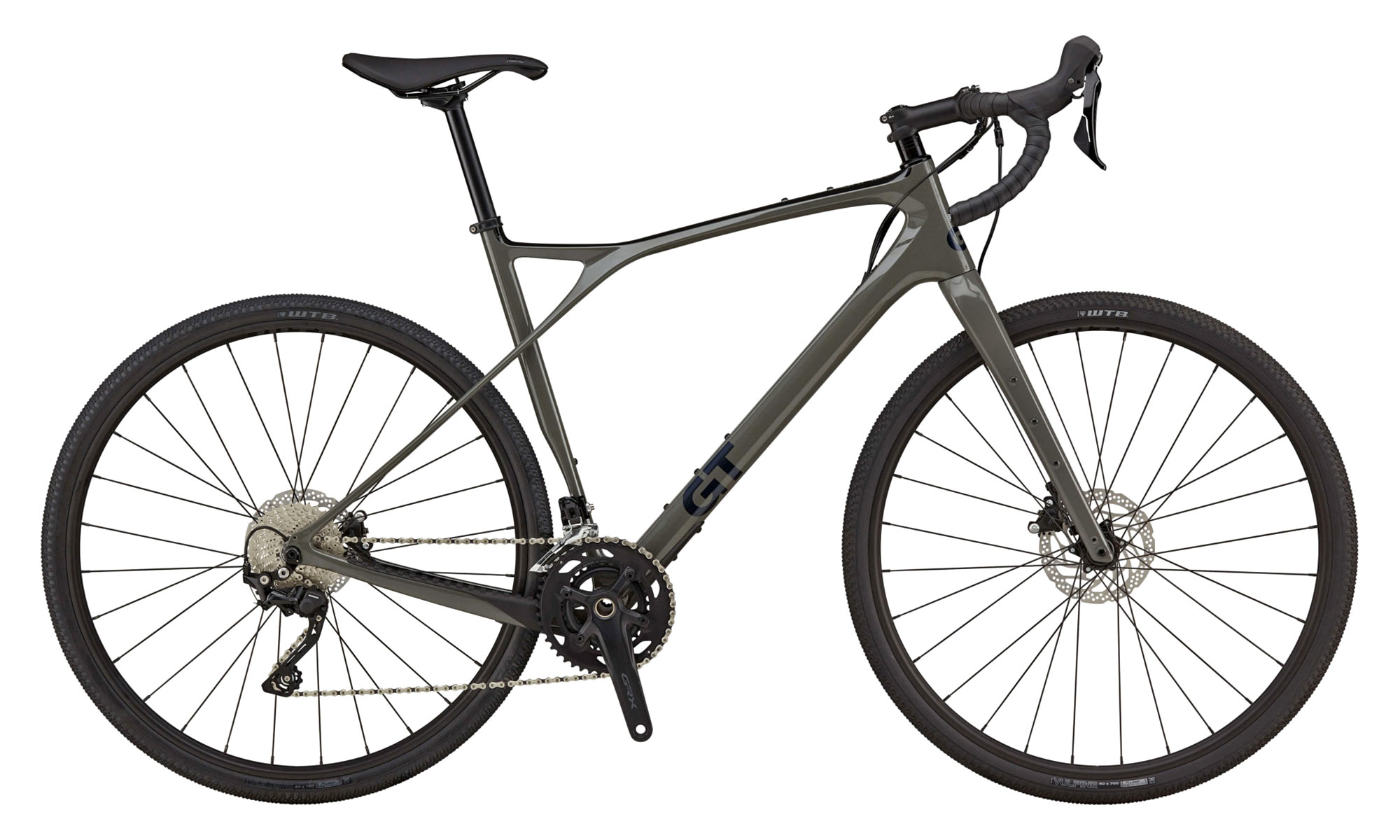
The Grade Carbon Elite is the most affordable complete build to get the new carbon frame & fork at just $2500 / 2400€ with a GRX 400 2×11 groupset.
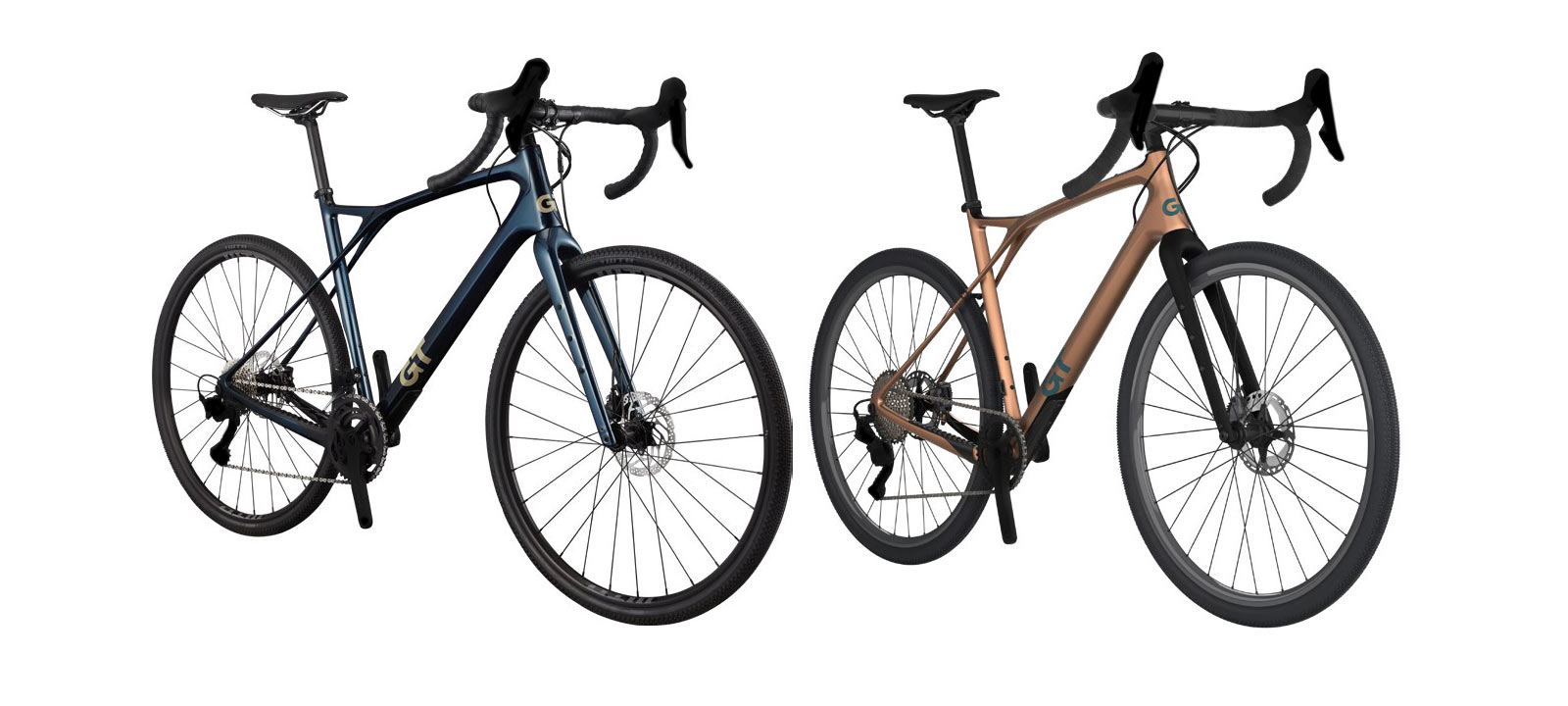
Seemingly only offered in Europe (including the UK), a 2700€ Grade Carbon Pro will be available starting in September with an as-yet-unreleased mechanical 2x drivetrain. Another mystery $4200 / 3800€ build is the Grade Carbon Pro LE also with another unreleased mechanical groupset, this one presumably a 1x build.

The most-burly of them all is the Grade Carbon X that pairs that 30mm of rear wheel gravel travel to a 40mm travel RockShox Rudy XPLR suspension fork and a 50mm travel TransX dropper seatpost.
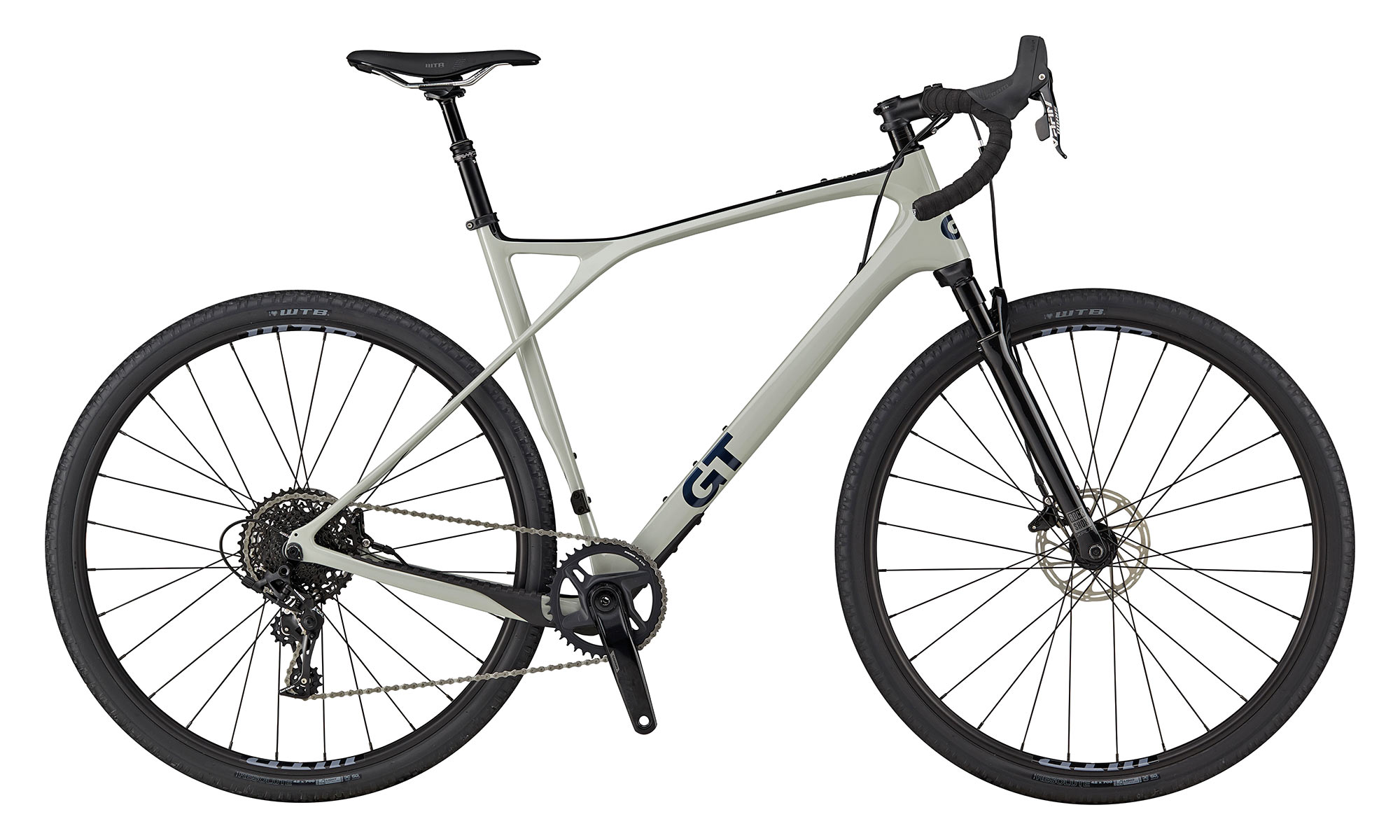
An old-school SRAM Apex 1×11 mechanical groupset & alloy WTB wheels round out the $4000 / 3200€ all-mountain build.
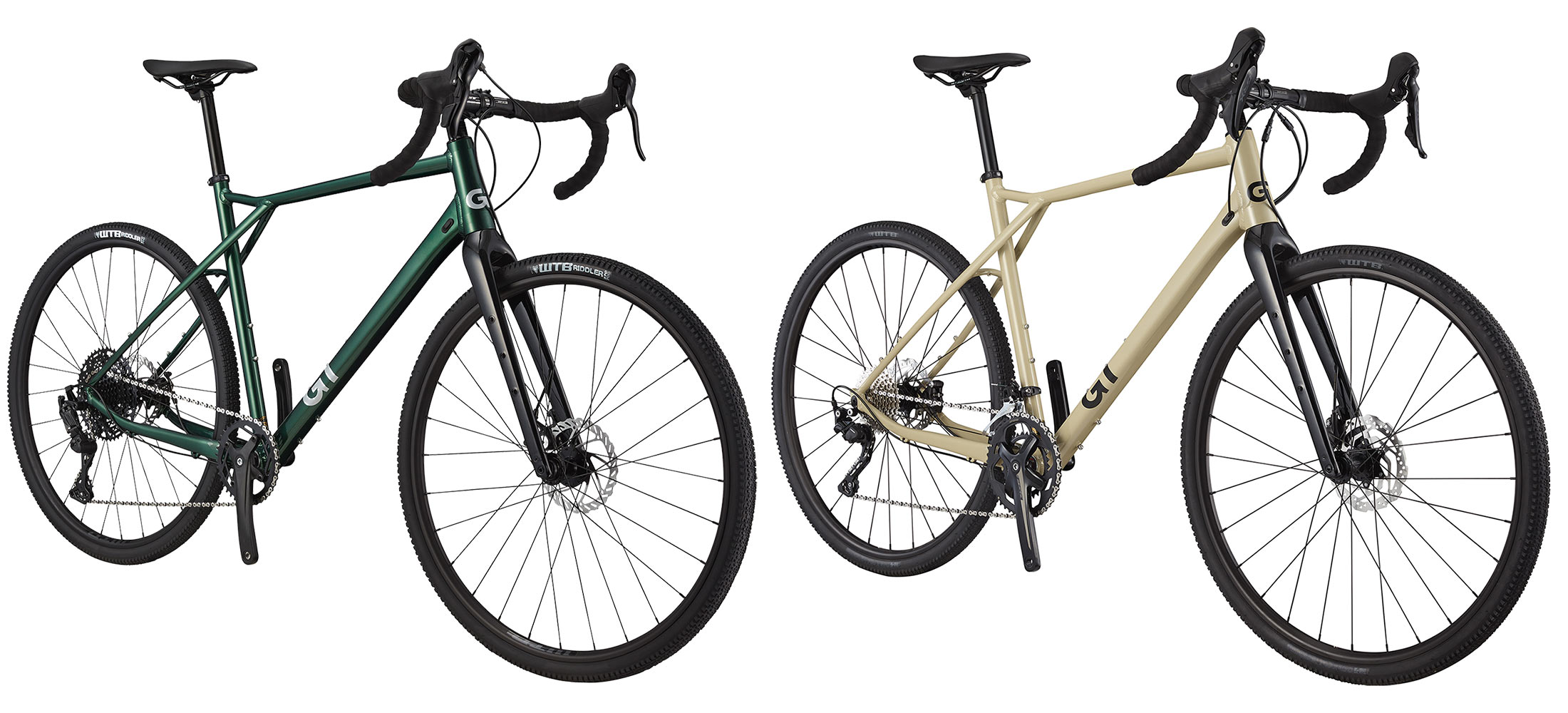
There are also two new alloy Grades, the $1500 / 1200€ Sport with Microshift 1x and the $1950 / 1700€ Comp with GRX 400 2x, too.

The post GT Grade Carbon Gravel Bike updated with 30mm of Triple Triangle Gravel Travel appeared first on Bikerumor.
